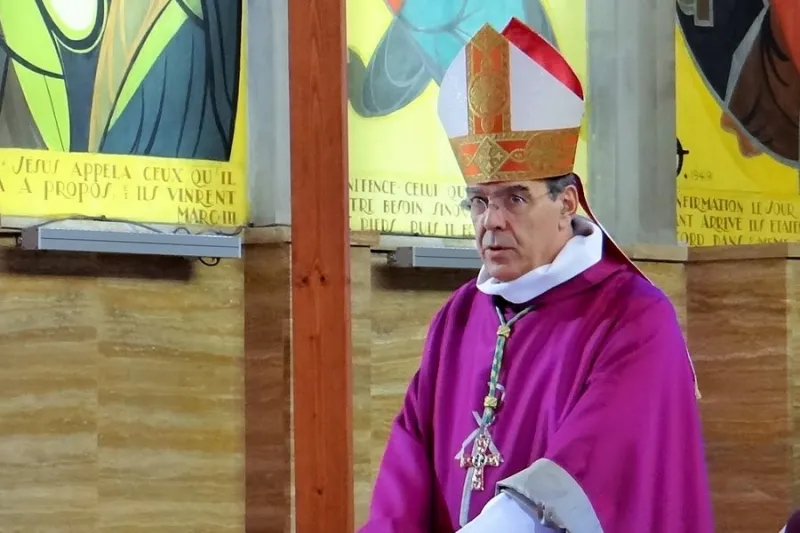Assisted suicide in the United States: Where is it legal?

 null / nito/Shutterstock
null / nito/Shutterstock St. Louis, Mo., Apr 29, 2023 / 09:00 am (CNA).
In recent years — especially since 2016 — several U.S. states have made moves to legalize the practice of physician-assisted suicide. To date, nine states and the District of Columbia have legalized assisted suicide, with an additional state — Montana — allowing the practice in theory because of a court ruling. This year alone, at least a dozen U.S. states are considering legislation to legalize the practice.
Assisted suicide is not the same as euthanasia, although the two phrases are often used interchangeably. According to the American Medical Association’s code of ethics, euthanasia necessarily involves “the administration of a lethal agent by another person to a patient,” meaning the person performing the euthanasia (e.g., a medical doctor) is directly responsible for ending the patient’s life. Euthanasia remains prohibited throughout the entire U.S. (in contrast to Canada, which legalized euthanasia in 2016).
Assisted suicide, on the other hand, as defined by Catholic bioethicist William May, is the act of making the means of suicide available to the patient, who subsequently acts on his or her own. In many cases, a doctor or other authorized health care professional will be authorized to prescribe the patient a lethal dose of medication, which the patient administers to himself or herself.
Instead of assisted suicide or euthanasia the Catholic Church supports palliative care, which means accompanying patients toward the end of their lives with methods such as pain management, and not to accelerate the process of death.
According to the Catechism of the Catholic Church, “intentional euthanasia, whatever its forms or motives, is murder” and “gravely contrary to the dignity of the human person and the respect due to the living God, his Creator” (No. 2324). This teaching was reaffirmed in the 2020 Vatican document Samaritanus Bonus, and Pope Francis has spoken frequently against euthanasia and assisted suicide and in favor of palliative care.
Catholic teaching states that patients and doctors are not required to do everything possible to avoid death, but if a life has reached its natural conclusion and medical intervention would not be beneficial, the decision to “forego extraordinary or disproportionate means” to keep a dying person alive is not euthanasia, as St. John Paul II noted in Evangelium Vitae.
Today, almost a quarter (21.6%) of the U.S. population lives in a state that has legalized physician-assisted suicide. Take a look at the map below and see where your state stands on the issue.




